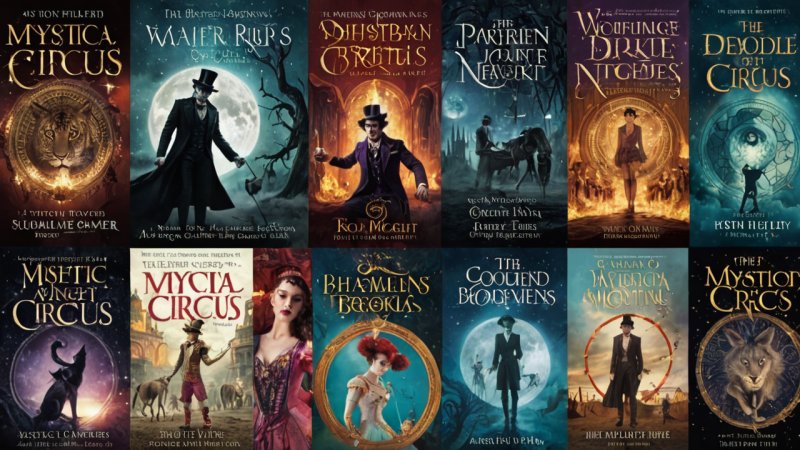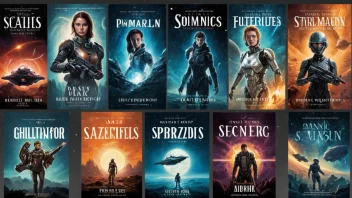In a world where the lines between fiction and reality often blur, certain bestselling novels have captivated readers by weaving intricate tales that reflect our own experiences, fears, and dreams. These novels invite us to explore the depths of human emotion while blurring the boundaries of what is real and what is imagined. This article delves into some of the most compelling bestselling novels that illustrate this phenomenon, showing how literature can hold a mirror to our lives.
One prominent example is The Night Circus by Erin Morgenstern. This enchanting tale revolves around a magical competition between two young illusionists, set within an ethereal circus that appears only at night. The novel's lush prose and dreamlike narrative create an immersive experience that feels both real and fantastical. Readers find themselves questioning the nature of reality as they become enamored with the circus's surreal atmosphere and the characters' intertwined fates.
Another noteworthy title is Life of Pi by Yann Martel. This novel tells the story of a young boy stranded on a lifeboat with a Bengal tiger after a shipwreck. While the premise seems outlandish, the novel explores profound themes of survival, spirituality, and the nature of storytelling itself. The narrative prompts readers to ponder the relationship between truth and fiction, ultimately leading to a deeper understanding of the human condition.
Moving into the realm of psychological thrillers, Gone Girl by Gillian Flynn offers a masterclass in unreliable narration. The story of Amy and Nick Dunne unveils the complexities of marriage and media perception. As we navigate the twists and turns of the plot, we question the authenticity of the characters' portrayals and the societal expectations placed upon them. Flynn's skillful writing forces us to confront the darker aspects of human nature, blurring the lines between right and wrong.
Furthermore, The Brief Wondrous Life of Oscar Wao by Junot Díaz exemplifies how history and personal narrative can intertwine. Through the lens of Oscar, a Dominican American boy, Díaz explores issues of identity, immigration, and the curse of the fukú, a supernatural element believed to affect Oscar's family. The novel's blend of cultural references, footnotes, and a nonlinear timeline challenges readers to engage with the text actively, making them question the validity of the narratives surrounding them.
Lastly, Where the Crawdads Sing by Delia Owens intertwines a coming-of-age story with elements of mystery and romance, set against the backdrop of the North Carolina marshlands. The protagonist, Kya, is often referred to as the “Marsh Girl,” highlighting her connection to nature and her struggle for acceptance in a world that shuns her. The novel reflects real societal issues like isolation and prejudice, prompting readers to empathize with Kya's plight while reminding us that many of our perceptions can be influenced by our surroundings.
In conclusion, bestselling novels that blur the lines between fiction and reality provide readers with a unique lens through which to explore their own experiences. These stories challenge our perceptions, encourage introspection, and remind us of the shared human experience. As we immerse ourselves in these narratives, we not only escape reality but also confront it, ultimately fostering a deeper appreciation for the power of literature.






